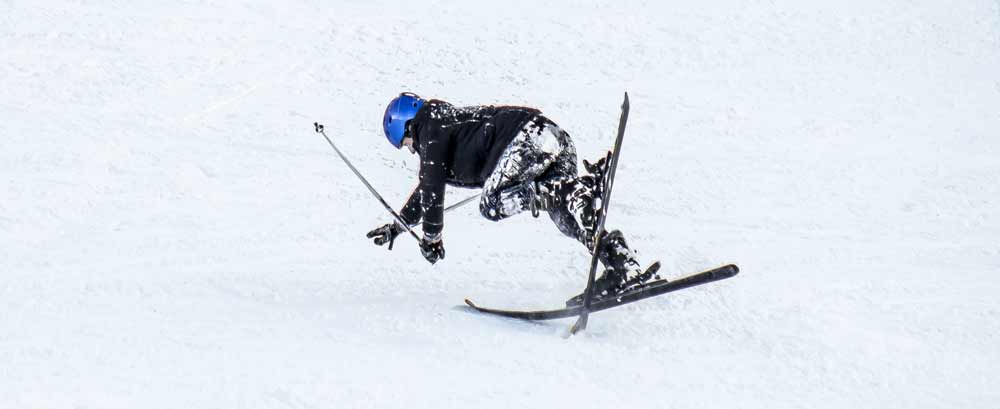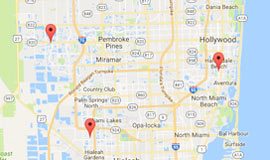Check out our latest post to learn what to do when you get a hand fracture playing sports. We cover the different types of fractures, the symptoms of a hand fracture, recommended treatment options, and how to avoid this injury while playing sports.
Different Types of Hand Fractures
A hand fracture is a common injury amongst individuals who play sports. Whether it be professional or casual there’s always a risk of injuring yourself. There are four different forms of fracture:
- Stable fracture – bones are still aligned after the break
- Unstable fracture – fragments of the bone have shifted out of regular alignment following a break
- Comminuted – the bone has broken into more than two pieces
- Open (compound) fracture – the bone has broken through the skin
With 26 different bones in one hand, you can understand why fractures are so common and how the severity can vary so much. One of the most common areas to fracture during sport is the knuckle bone which is often caused by a sharp blow to the hand.
What are the Symptoms of a Fracture?
If you injure your hand whilst playing a sport it’s possible you may have sustained a fracture if there was some kind of impact. It is likely you will know you have a hand fracture right away due to the intense pain experienced when such an injury happens.
The pain will be continuous and you may also see bruising, swelling, and possible deformity around the affected area. Your hand may feel stiff and tender with an inability to move your finger and thumb. If you experience any of these symptoms you must seek immediate help.
What is the Recommended Treatment Immediately After the Injury?
The recommended treatment following a hand fracture is referred to as R.I.C.E. This stands for rest, ice, compress, and elevate. It is quite possible you won’t have access to ice, depending on the location, however it is still effective to use the other steps to reduce swelling until you reach a doctor.

It is necessary to seek medical advice as quickly as you are able to avoid the risk of Malunion and Nonunion. Malunion occurs when the broken bone forms back together with a slight or notable misalignment and Nonunion is the treatment when broken bones do not heal or heal partially.
What Happens After Hand Fracture Treatment?
It is recommended that you find someone else to drive you to see a doctor. The pain you are experiencing may lead to a lack of concentration or even fainting. Once you have made it to a clinic or the emergency room, your hand will be examined and x-rays will be ordered. This is to determine the type of fracture and the best treatment method.
If you sustain a severe fracture your doctor will likely intervene with plates and pins to reestablish the bone. There are various options available to stabilize the bone to its natural position and protect it during the healing process. Find the various treatment options available.
Once your hand has been treated you’ll need to allow time for a full recovery before picking up where you left off. On average it takes 3 weeks for a fracture to heal depending on the severity.
How Do I Avoid Hand Fractures Playing Sports?
When playing high-impact sports it’s difficult to avoid injury altogether. There are some things you can do to lessen the damage. You can protect yourself against injury by using protective gear. Rolling through a fall and committing to impact will reduce susceptibility to injury.
Staying alert while playing will increase your chances of avoiding collisions. By maintaining a healthy diet and exercising on a regular basis, your body will be more resilient.
After sustaining sports injuries you will want to return to your athletic activities as soon as possible. To get the best treatment possible always seek help from professionals who specialize in sports injuries. Do not return to your sport until you have the all-clear or you may risk complicating your injury further.











